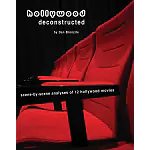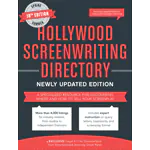Get Into Your Scene Late and Out Early
As a screenwriter it is important to remember that while the stories we tell should reflect real-life (or aspects of it) in order to engage an audience and help…
Don’t Have Too Many Characters
When you’re planning your screenplay make sure you only include the characters you need in order to tell your story. It may sound like an obvious statement but many…



